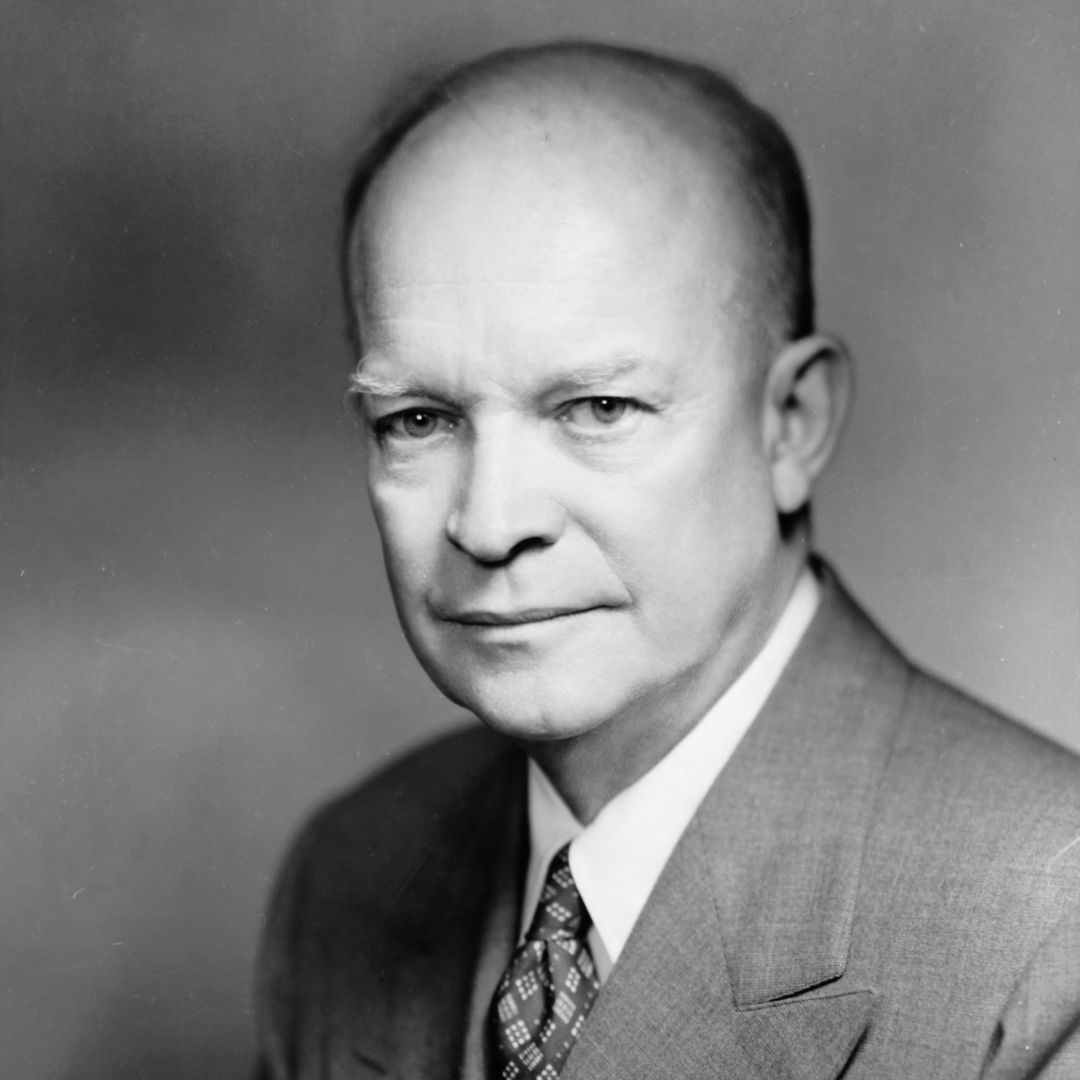It’s a good time to ask: based on our history of 46 presidents, what is the most likely office or position from which to attain the presidency?
This question is more important than you might think, since it gets to the core of candidates’ backgrounds, experiences, and formative processes—things that could give voters a hint of how they might perform in the office.
Putting your name on a national ticket implies a certain level of “name recognition” that is likely to be critical to securing campaign funds and ultimately, the votes needed for election.
So, where do the successful candidates get such awareness plus experience to qualify in voter’s eyes?
The VPs
Either rising directly from the Vice Presidency or having been a Vice President is the most common route to the top office. 15 of our presidents served as Vice President. Eight of these ascended due to the death in office of the president, four were directly elected to the presidency, two were elected after being out of office, and one following a resignation.
Out of Office is OK
Twelve presidents were out of elected office immediately prior to winning the presidency. Almost all of them, however, had held an elected office in the past. Richard Nixon and Joe Biden are the two former Vice Presidents who were elected president later in their careers. Grover Cleveland had been president in the past when he was elected a second time (non-consecutive). Two had been Governors of large states: (Reagan of California and Carter of Georgia).
Three had been US Senators: William Henry Harrison, Franklin Pierce, and Benjamin Harrison. It should be noted that these men became Senators at a time when they were appointed by their state governments, not elected by the voters of their states.
One, James K. Polk, had been Speaker of the House of Representatives, the only president to have held that position. One had been a Congressman (Lincoln); two had military backgrounds (Washington and Jackson).
Governors
Seven presidents were state governors immediately prior to winning the White House. They came primarily from big states such as Ohio (William McKinley and Rutherford Hayes), New York ( Grover Cleveland and Franklin Roosevelt), Texas (George W. Bush), and New Jersey (Woodrow Wilson). Only Bill Clinton was Governor of a small state, Arkansas.
In total, seventeen of our presidents achieved the position of state governor at some point prior to taking over the oval office, giving them administrative and statewide electoral experiences.
Senators
Only three Senators have risen directly to the presidency, all three in modern times where they won their seat in a statewide election, thus creating more awareness of their names. Those men were: Warren Harding of Ohio, John F. Kennedy of Massachusetts, and Barack Obama of Illinois.
Cabinet Officer
Given the visibility of the people serving in these positions, you might imagine it could be a springboard to the presidency. But only three presidents achieved it directly from the office of Secretary of State. However, they were all from our distant past (Madison, Monroe, John Q. Adams), and none of the modern Secretaries of State have made it to the top office.
Two other cabinet officers have made it: William Howard Taft was Secretary of War (now called Defense), and Herbert Hoover as Secretary of Commerce. Both men held other positions of national stature prior to serving in the cabinet, thus pushing their names out there for awareness among the voting public.
Military Heroes
We’ve elected military heroes directly to the office of the president three times: Zachary Taylor after the Mexican American War, Ulysses Grant after the Civil War, and Dwight Eisenhower after World War II. Only one of these men, Eisenhower, could effectively translate their military training and experience to success in the office. Taylor died less than halfway through his first term, and Grant, although elected twice, was mediocre at best.
Unique Ascensions
One office that’s missing in this discussion is that of Congressman or US Representative. Only one man ever rose to the presidency directly from that office: James Garfield of Ohio, elected in 1880. Garfield was unique in one other regard: he’s the only ordained minister ever in the White House. His presidency was cut short by an assassin after only four months in office.
Donald Trump was certainly unique: he was elected president without having filled any of the positions listed above.
Based on the 46 presidents in our history, the most likely path to the office is via the vice presidency or a state governorship. Senators, Congressmen, or cabinet officers are far less likely to be successful in a quest for the White House.
Interested in learning more about the presidents? Visit the Carolyn & James Millar Presidential Gallery on the upper level of the Booth Western Art Museum. The gallery features original letters and photographs of every U.S. president. Learn more at www.boothmuseum.org.












